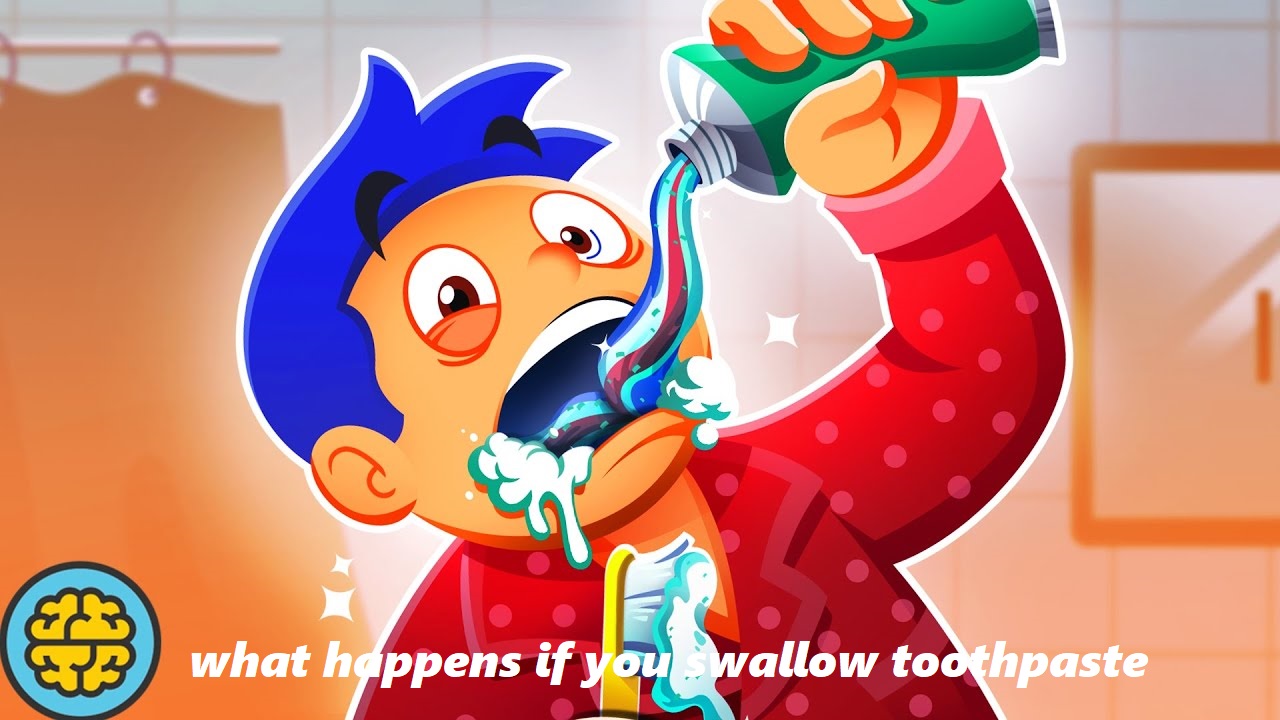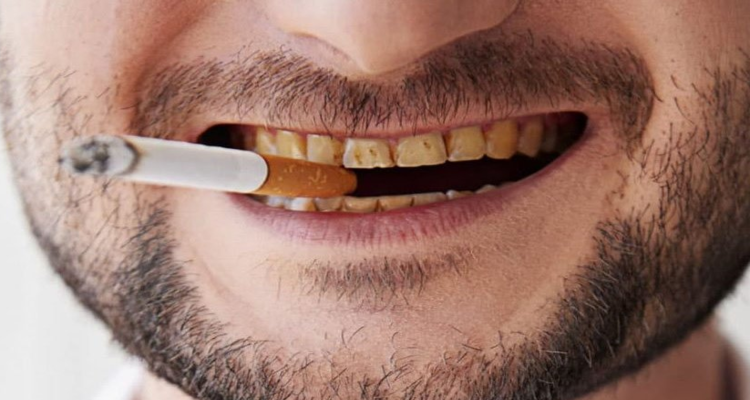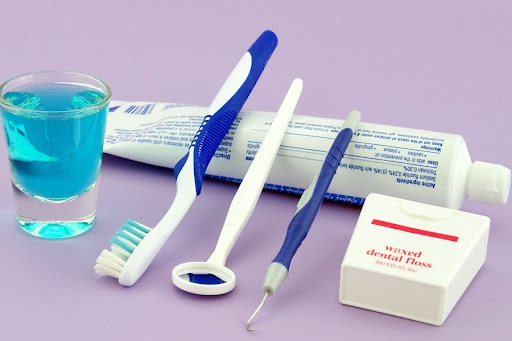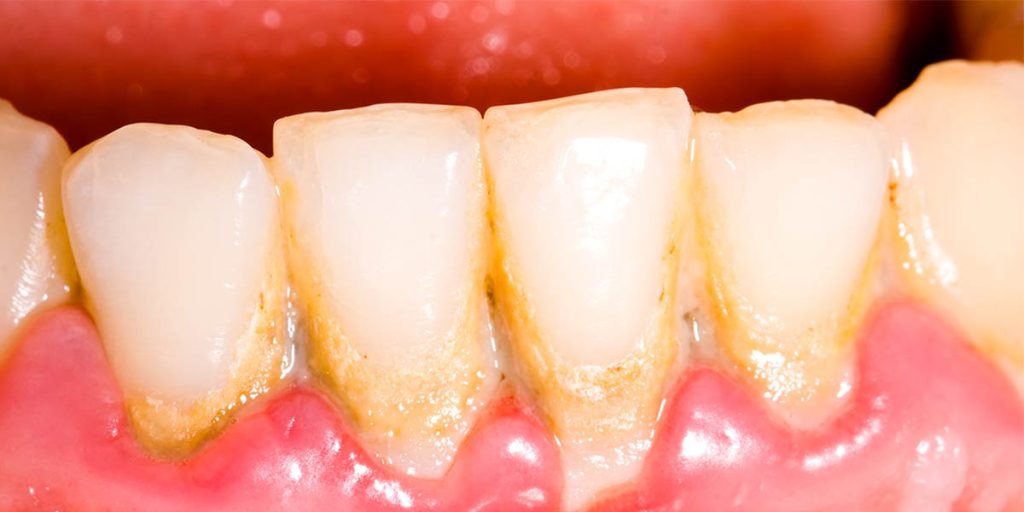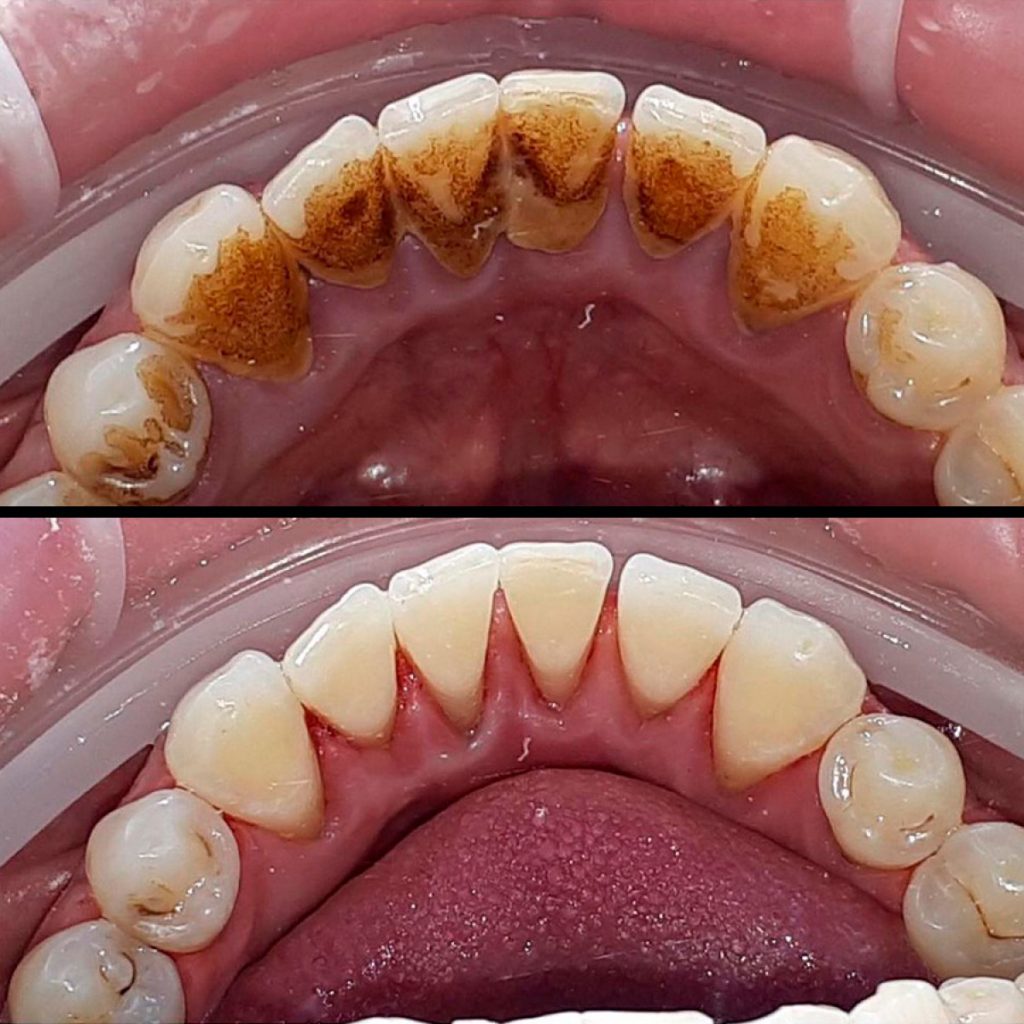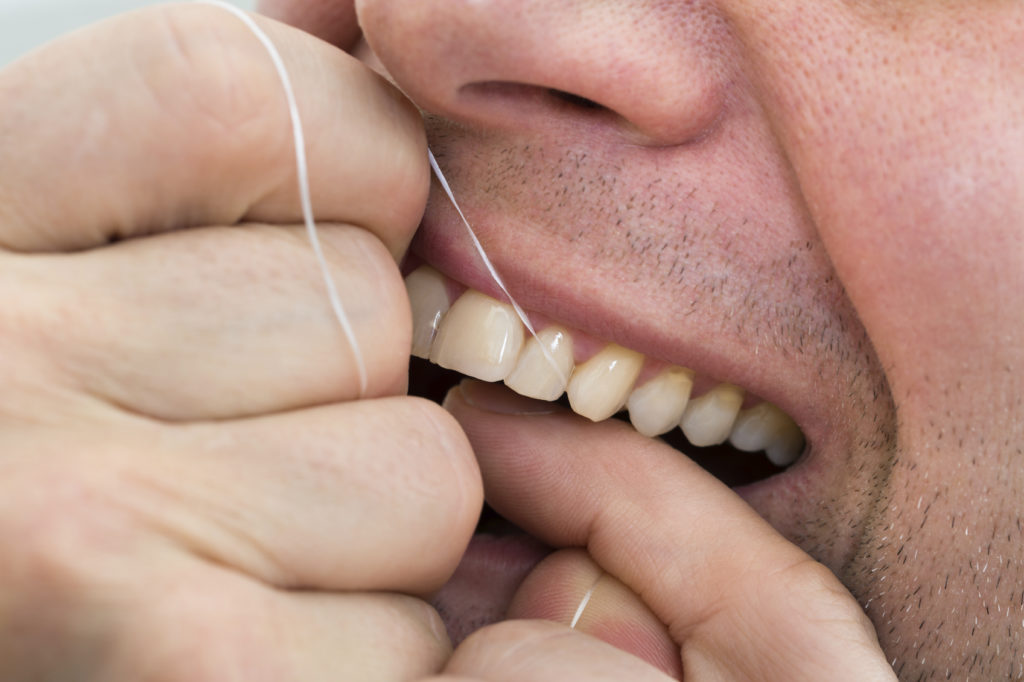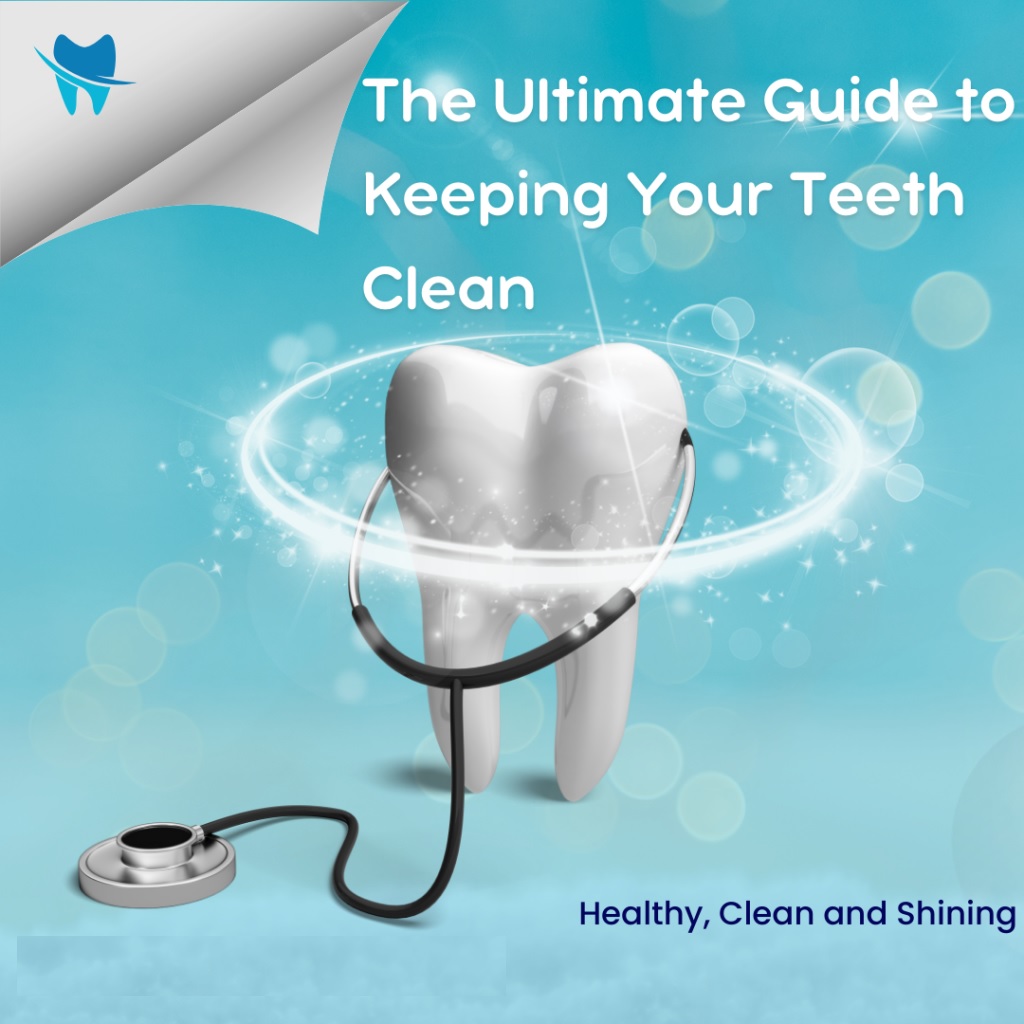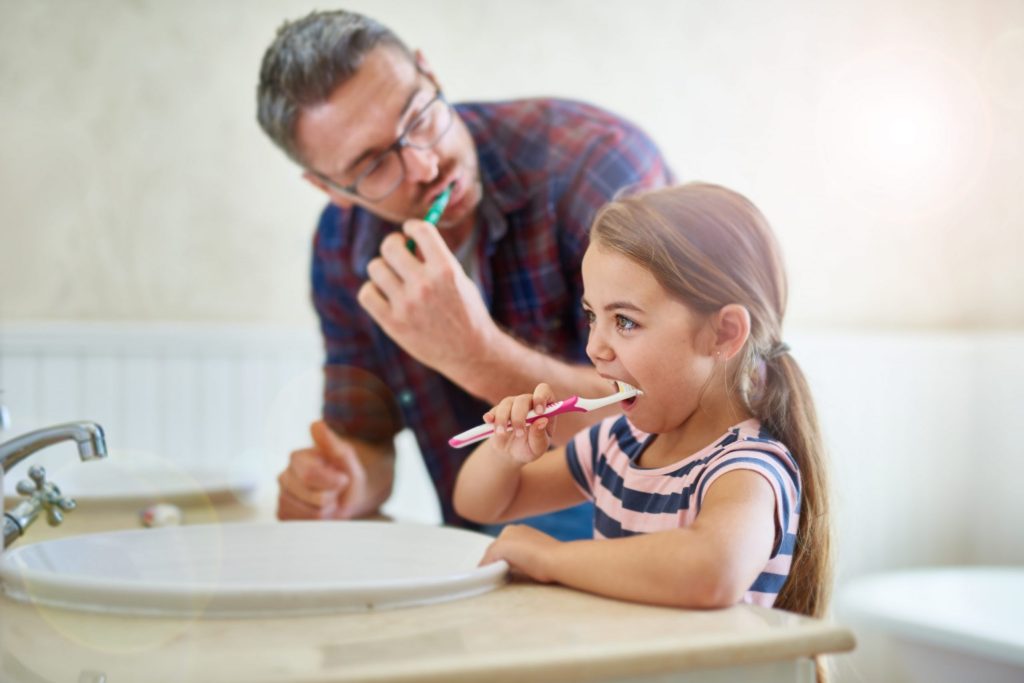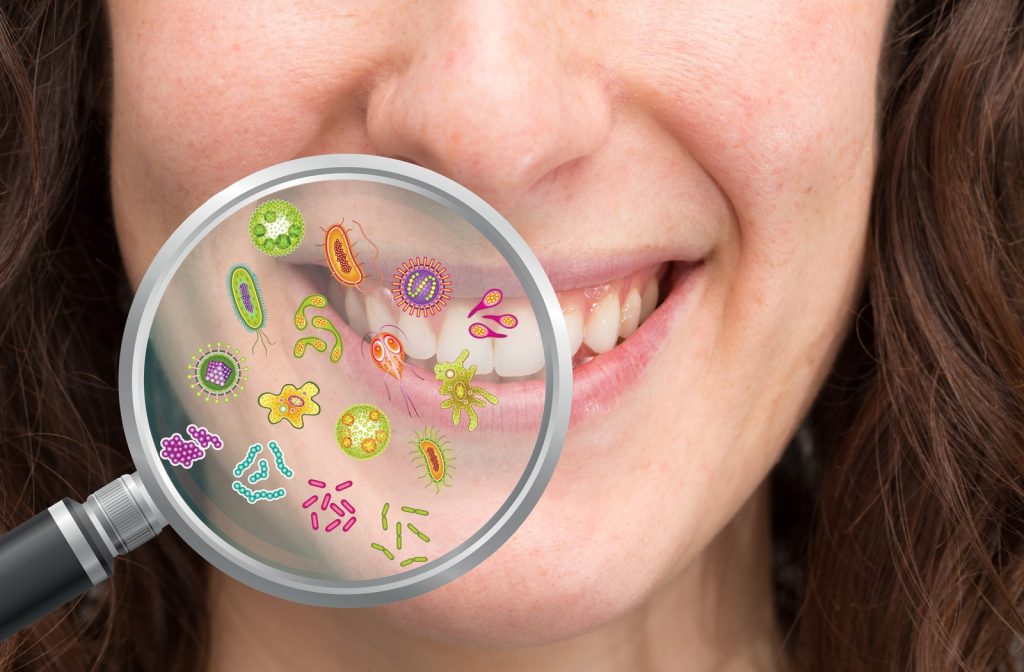Swallowing toothpaste is a concern that many parents and individuals have, especially when it comes to children who are still learning how to brush their teeth properly. This comprehensive guide will delve into what happens if you swallow toothpaste, including potential health effects, preventive measures, and advice on what to do if ingestion occurs.
The Ingredients in Toothpaste
To understand what happens if you swallow toothpaste, it’s essential to know what toothpaste is made of. Most toothpastes contain the following ingredients:
1. Fluoride
Fluoride is a crucial ingredient in toothpaste that helps prevent tooth decay by strengthening the enamel. While beneficial in small amounts, excessive ingestion of fluoride can lead to health issues.
2. Abrasives
These include substances like calcium carbonate, silica, and aluminum oxides, which help remove plaque and stains from teeth.
3. Humectants
Humectants like glycerol, sorbitol, and propylene glycol keep toothpaste moist and prevent it from drying out.
4. Detergents
Detergents, such as sodium lauryl sulfate (SLS), create foam and help disperse the toothpaste around the mouth.
5. Flavoring Agents
These include ingredients like saccharin and essential oils, which give toothpaste its pleasant taste.
6. Binders and Thickeners
Binders and thickeners, such as carrageenan and xanthan gum, help maintain the consistency of toothpaste.
7. Preservatives
Preservatives like sodium benzoate prevent the growth of bacteria and extend the shelf life of toothpaste.
Understanding these ingredients is crucial in comprehending what happens if you swallow toothpaste and the potential risks associated with it.
What Happens If You Swallow Toothpaste?
The effects of swallowing toothpaste depend on several factors, including the amount ingested, the age of the person, and the type of toothpaste. Here’s a detailed look at the possible outcomes:
Small Amounts
Swallowing a small amount of toothpaste occasionally, such as the amount left in the mouth after brushing, is generally not harmful. The body can usually handle and process this small quantity without any adverse effects.
Large Amounts
Swallowing large amounts of toothpaste, especially fluoride toothpaste, can lead to more serious health issues. This is particularly a concern for young children who may accidentally ingest toothpaste while learning to brush their teeth.
Acute Fluoride Toxicity
One of the most significant risks associated with swallowing toothpaste is acute fluoride toxicity. Symptoms of fluoride toxicity can occur if a large amount of fluoride is ingested in a short period. These symptoms include:
- Nausea and Vomiting: The gastrointestinal system reacts to the sudden influx of fluoride.
- Diarrhea: The body attempts to expel the excess fluoride.
- Abdominal Pain: Fluoride can irritate the stomach lining.
- Headaches: Fluoride toxicity can lead to headaches and dizziness.
- Salivation and Tearing: The body may produce excessive saliva and tears as a reaction to the toxicity.
In severe cases, acute fluoride toxicity can lead to more serious complications, such as:
- Muscle Weakness: Excessive fluoride can interfere with calcium metabolism, leading to muscle weakness and cramps.
- Seizures: High levels of fluoride can affect the central nervous system and cause seizures.
- Cardiac Arrhythmia: Severe fluoride toxicity can affect heart function, leading to irregular heartbeats.
Chronic Fluoride Toxicity
Chronic fluoride toxicity, also known as dental fluorosis, occurs when a person is exposed to high levels of fluoride over an extended period. This condition is more common in children who regularly swallow toothpaste. Symptoms of dental fluorosis include:
- White Spots on Teeth: Mild fluorosis results in white spots or streaks on the teeth.
- Brown Stains: More severe cases can cause brown stains and pits on the teeth.
- Enamel Erosion: Excessive fluoride can weaken the enamel, making teeth more susceptible to decay and damage.
Ingestion of Non-Fluoride Toothpaste
While fluoride is the primary concern, ingesting non-fluoride toothpaste can also have health effects due to other ingredients. For instance:
- Detergents: Sodium lauryl sulfate (SLS) can cause gastrointestinal irritation, leading to nausea, vomiting, and diarrhea.
- Preservatives and Flavoring Agents: These ingredients can cause allergic reactions or gastrointestinal upset in sensitive individuals.
What to Do If You Swallow Toothpaste
Knowing what to do if you or someone else swallows toothpaste is crucial in preventing and managing potential health issues. Here are some steps to follow:
Assess the Amount Swallowed
Determine how much toothpaste was ingested. A small, pea-sized amount is unlikely to cause harm, but larger quantities may require medical attention.
Monitor for Symptoms
Watch for any symptoms of fluoride toxicity or gastrointestinal irritation, such as nausea, vomiting, abdominal pain, or diarrhea.
Seek Medical Attention
If a large amount of toothpaste has been swallowed or if symptoms of fluoride toxicity are present, seek medical attention immediately. Contact your local poison control center for guidance on what to do next.
Do Not Induce Vomiting
Do not induce vomiting unless instructed by a healthcare professional. Inducing vomiting can cause further irritation to the esophagus and stomach.
Provide Water or Milk
Drinking water or milk can help dilute the ingested toothpaste and reduce the absorption of fluoride into the bloodstream. Offer the person a glass of water or milk to drink.
Follow Up with a Healthcare Provider
Even if symptoms are mild or absent, it’s a good idea to follow up with a healthcare provider to ensure that no further action is needed and to receive personalized advice based on the situation.
Preventive Measures to Avoid Swallowing Toothpaste
Preventing the ingestion of toothpaste is essential, especially for children. Here are some preventive measures to consider:
Supervise Children
Always supervise young children while they brush their teeth. Teach them to use a pea-sized amount of toothpaste and to spit it out after brushing.
Use Child-Friendly Toothpaste
Choose toothpaste specifically designed for children, which often contains lower levels of fluoride and has appealing flavors to encourage spitting rather than swallowing.
Educate on Proper Brushing Techniques
Teach children the importance of spitting out toothpaste and rinsing their mouths thoroughly after brushing. Demonstrate proper brushing techniques and make it a fun learning experience.
Store Toothpaste Out of Reach
Keep toothpaste out of reach of young children to prevent accidental ingestion. Consider storing it in a high cabinet or a child-proof container.
Opt for Fluoride-Free Toothpaste for Young Children
For children under the age of three, consider using fluoride-free toothpaste or a very small amount of fluoride toothpaste to minimize the risk of fluoride toxicity.
The Role of Fluoride in Toothpaste
To fully understand what happens if you swallow toothpaste, it’s important to delve deeper into the role of fluoride and its benefits and risks.
Benefits of Fluoride
Fluoride is a naturally occurring mineral that plays a crucial role in dental health. Its benefits include:
- Strengthening Enamel: Fluoride helps to remineralize and strengthen tooth enamel, making it more resistant to acid attacks from bacteria in the mouth.
- Preventing Cavities: By strengthening enamel and reducing acid production, fluoride helps to prevent the formation of cavities.
- Repairing Early Decay: Fluoride can help repair early stages of tooth decay by promoting the remineralization of weakened enamel.
Risks of Fluoride
While fluoride is beneficial in small amounts, excessive exposure can lead to health issues, particularly in children. The risks include:
- Dental Fluorosis: As mentioned earlier, dental fluorosis can occur from chronic exposure to high levels of fluoride during tooth development.
- Skeletal Fluorosis: Long-term, excessive fluoride exposure can affect bones, leading to a condition called skeletal fluorosis, which causes pain and damage to bones and joints.
Balancing Benefits and Risks
The key to maximizing the benefits of fluoride while minimizing the risks is proper use and supervision. Fluoride toothpaste, when used correctly, is safe and effective for maintaining dental health.
Common Misconceptions About Swallowing Toothpaste
There are several misconceptions about what happens if you swallow toothpaste. Here are some common myths and the facts that dispel them:
Myth: Swallowing Toothpaste Always Leads to Poisoning
Fact: Swallowing a small amount of toothpaste occasionally is unlikely to cause harm. Poisoning is typically a concern only when large amounts are ingested, particularly in young children.
Myth: All Toothpaste is Safe to Swallow
Fact: While some natural or fluoride-free toothpastes may be less harmful, most commercial toothpastes contain ingredients that can cause gastrointestinal upset or toxicity if swallowed in large quantities.
Myth: Fluoride is Always Harmful
Fact: Fluoride is safe and beneficial for dental health when used appropriately. The risks associated with fluoride arise from excessive ingestion, not from its presence in toothpaste or water supplies at recommended levels.
Alternatives to Traditional Toothpaste
For those concerned about the potential risks of swallowing toothpaste, there are alternative oral care products available:
Fluoride-Free Toothpaste
Fluoride-free toothpastes are available for those who prefer to avoid fluoride. These toothpastes use other ingredients to promote oral health, such as xylitol, baking soda, and natural extracts.
Natural Toothpaste
Natural toothpastes often contain ingredients like baking soda, coconut oil, and essential oils. They are typically free from synthetic additives and preservatives, appealing to those seeking a more holistic approach to oral care.
Tooth Powder
Tooth powder is an alternative to traditional toothpaste. It often contains natural abrasives, such as baking soda or clay, and can be used similarly to toothpaste.
Mouthwash
Mouthwash can be used as a supplement to brushing and flossing. Some mouthwashes contain fluoride for additional cavity protection, while others focus on freshening breath and reducing plaque.
The Importance of Proper Oral Hygiene
Regardless of the type of toothpaste or alternative oral care product used, maintaining proper oral hygiene is essential. Here are some key practices to ensure optimal dental health:
Brush Twice Daily
Brush your teeth at least twice a day with a fluoride toothpaste to remove plaque and prevent cavities.
Floss Daily
Flossing helps remove plaque and food particles from between your teeth and under the gumline, areas that a toothbrush cannot reach.
Use Mouthwash
Rinsing with an antimicrobial mouthwash can help reduce bacteria and freshen breath.
Regular Dental Check-ups
Visit your dentist regularly for check-ups and cleanings. Your dentist can provide personalized advice on oral care and detect any issues early.
Balanced Diet
A balanced diet rich in fruits, vegetables, and calcium can support dental health. Avoid excessive consumption of sugary foods and drinks, which can contribute to tooth decay.
Conclusion
In conclusion, understanding what happens if you swallow toothpaste is crucial for maintaining both oral and overall health. While swallowing a small amount of toothpaste occasionally is generally not harmful, ingesting large quantities, especially of fluoride toothpaste, can lead to health issues such as acute or chronic fluoride toxicity. Proper supervision, education on brushing techniques, and choosing appropriate toothpaste for children are essential preventive measures.
The role of fluoride in toothpaste is significant, providing benefits such as strengthening enamel and preventing cavities. However, it is important to balance these benefits with the potential risks associated with excessive fluoride exposure. By following proper oral hygiene practices and making informed choices about toothpaste and alternative oral care products, individuals can maintain optimal dental health while minimizing the risks associated with swallowing toothpaste.
Remember, if a large amount of toothpaste is swallowed, or if symptoms of fluoride toxicity are present, seek medical attention immediately. Preventive measures, such as supervising children and educating them on proper brushing techniques, can help avoid accidental ingestion of toothpaste and ensure safe and effective oral care.
Is it OK if You Swallow a Little Bit of Toothpaste?
Swallowing a small amount of toothpaste occasionally is generally not harmful, especially if it is a small, pea-sized amount as typically recommended for brushing:
- Fluoride Concentration: The amount of fluoride in toothpaste is formulated to be effective yet safe for external use. Swallowing a small amount occasionally does not usually pose a significant health risk.
- Safety for Adults and Children: For adults, the occasional ingestion of a small amount of toothpaste is unlikely to cause harm. For children, it is recommended to use a pea-sized amount of toothpaste and to supervise brushing to ensure they do not swallow excessive amounts.
- Potential Minor Effects: Ingesting a small amount of toothpaste may cause minor gastrointestinal discomfort, such as a mild stomach ache or nausea, due to the non-food ingredients in the toothpaste.
Which Toothpaste is Safe if Swallowed?
Toothpaste formulated to be safe if swallowed is typically marketed for young children and often labeled as “training” or “toddler” toothpaste:
- Fluoride-Free Toothpaste: These toothpastes do not contain fluoride, which reduces the risk of dental fluorosis in children who might swallow toothpaste while learning to brush. Examples include Tom’s of Maine Fluoride-Free Children’s Toothpaste and Burt’s Bees Kids Fluoride-Free Toothpaste.
- Low-Fluoride Toothpaste: Some children’s toothpastes contain lower levels of fluoride, making them safer for young children. These are designed to balance the benefits of fluoride with the lower risk of harm from ingestion. Examples include Colgate My First Toothpaste and Aquafresh Training Toothpaste.
- Natural and Organic Toothpaste: Brands offering natural ingredients and safe formulations include Jack N’ Jill Natural Toothpaste and Hello Oral Care Kids Fluoride-Free Toothpaste. These products often use xylitol, a natural sweetener that also helps fight cavities.
What Happens If You Don’t Spit Out Toothpaste?
Not spitting out toothpaste after brushing can have several effects, depending on the amount swallowed and the frequency:
- Gastrointestinal Discomfort: Consuming a significant amount of toothpaste can cause stomach ache, nausea, and potentially vomiting, due to the detergents and other non-food ingredients.
- Fluoride Overdose: Regularly swallowing large amounts of fluoride toothpaste can lead to a condition known as fluorosis, especially in children. Dental fluorosis can cause white spots or streaks on the teeth, and in severe cases, it can lead to brown stains and pitting.
- Systemic Effects: Chronic ingestion of fluoride in large amounts can affect bones and joints, leading to a condition called skeletal fluorosis, characterized by pain and damage to bones and joints. However, this is extremely rare and typically associated with industrial fluoride exposure or highly fluoridated water sources.
What Are the Long Term Effects of Swallowing Toothpaste?
Long-term ingestion of toothpaste, particularly fluoride toothpaste, can have several adverse effects:
- Dental Fluorosis: This is the most common long-term effect, primarily affecting children whose teeth are still developing. It causes changes in the appearance of the tooth enamel, ranging from mild white spots to severe staining and pitting.
- Gastrointestinal Issues: Prolonged ingestion of non-food ingredients in toothpaste, such as detergents and abrasives, can lead to chronic gastrointestinal discomfort, irritation, and in some cases, more serious digestive issues.
- Skeletal Fluorosis: Chronic, high-level ingestion of fluoride can lead to skeletal fluorosis, which is characterized by joint stiffness and pain, bone fractures, and calcification of ligaments. This condition is rare and typically associated with industrial exposure or consuming highly fluoridated water over a long period.
- Kidney and Liver Function: Excessive fluoride ingestion over time can potentially impact kidney and liver function, particularly in individuals with pre-existing conditions or impaired renal function.
To prevent these issues, it is crucial to follow recommended guidelines for toothpaste use, such as using a pea-sized amount for children, supervising their brushing, and encouraging spitting out the toothpaste after brushing. For adults, ensuring not to swallow large amounts of toothpaste and following proper brushing techniques will help avoid any potential risks associated with ingestion.
Can I Swallow My Saliva After Toothpaste?
Yes, it is generally safe to swallow your saliva after brushing your teeth with toothpaste. Here are some important considerations:
- Small Amounts of Toothpaste: Swallowing a small amount of toothpaste residue mixed with saliva is not typically harmful, especially for adults. The small amount of fluoride or other ingredients present in the residual toothpaste is unlikely to cause any adverse effects.
- Spitting Out Excess Toothpaste: It is recommended to spit out as much toothpaste as possible after brushing. This helps to minimize the ingestion of toothpaste ingredients, ensuring that only minimal amounts are swallowed with saliva.
- Rinsing: Some people prefer to rinse their mouths with water after brushing to remove any remaining toothpaste. While this is not necessary, it can further reduce the amount of toothpaste swallowed.
How Do I Stop Swallowing Toothpaste?
To avoid swallowing toothpaste, follow these tips:
- Use a Small Amount: Use only a pea-sized amount of toothpaste for adults and even less for children. This reduces the amount of toothpaste that can be accidentally swallowed.
- Spit Out Thoroughly: Make a habit of spitting out all the toothpaste after brushing. This practice helps minimize ingestion.
- Rinse After Brushing: If you are prone to swallowing toothpaste, consider rinsing your mouth with water after brushing to remove any residual toothpaste.
- Supervise Children: For young children, supervise their brushing to ensure they spit out the toothpaste. Teach them the importance of not swallowing toothpaste.
Why Does My Stomach Hurt After I Brush My Teeth?
Experiencing stomach pain after brushing your teeth can result from several factors:
- Ingestion of Toothpaste: Swallowing toothpaste, especially in larger amounts, can cause stomach discomfort due to the ingredients like detergents and fluoride.
- Gastrointestinal Sensitivity: Some individuals have a sensitive gastrointestinal tract that can react to the ingredients in toothpaste, leading to nausea or stomach pain.
- Flavoring Agents: Certain flavoring agents, such as menthol or artificial sweeteners, can sometimes cause stomach irritation in sensitive individuals.
- Excessive Fluoride: Ingesting too much fluoride from toothpaste can lead to mild toxicity symptoms, including stomach ache and nausea.
To mitigate these issues, ensure you spit out the toothpaste thoroughly and consider using a different toothpaste formulation if you consistently experience discomfort.
Can You Swallow Bite Toothpaste?
Bite toothpaste, which comes in tablet form, is designed to be chewed and then brushed with. Here’s what you need to know:
- Formulation: Bite toothpaste tablets are often made with natural and food-grade ingredients, making them safer to ingest in small quantities compared to traditional toothpaste.
- Swallowing Safe Ingredients: While these toothpaste tablets are not intended to be swallowed whole, the small amount of residue left after brushing is generally considered safe to swallow.
- Guidelines: Always follow the manufacturer’s instructions on the usage of Bite toothpaste tablets. Spit out the excess after brushing, but don’t worry about the small residue swallowed with saliva.
Can Fluoride Upset Your Stomach?
Yes, fluoride can upset your stomach, particularly if ingested in larger amounts. Here’s how:
- Gastrointestinal Irritation: Fluoride can irritate the lining of the stomach, causing symptoms like nausea, stomach ache, and vomiting. This is more likely to happen if you ingest a significant amount of fluoride toothpaste.
- Fluoride Toxicity: While rare, ingesting large amounts of fluoride can lead to fluoride toxicity, which includes symptoms such as nausea, vomiting, diarrhea, and abdominal pain. This typically occurs with excessive fluoride intake from multiple sources, including water, supplements, and dental products.
- Individual Sensitivity: Some people may be more sensitive to fluoride and experience stomach upset even with smaller amounts.
To avoid these issues, use a small amount of fluoride toothpaste, spit it out after brushing, and avoid swallowing it. If you continue to experience stomach upset, consider consulting a dentist or healthcare provider for advice on alternative dental products.
In conclusion, while swallowing small amounts of toothpaste or saliva mixed with toothpaste residue is generally safe, it’s important to follow proper brushing habits to minimize ingestion and avoid potential gastrointestinal discomfort. If you experience persistent stomach issues, consider adjusting your oral hygiene products and practices.
Can Toothpaste Damage Your Mouth?
Toothpaste is generally formulated to be safe and effective for oral use, but under certain circumstances, it can cause damage or irritation to your mouth:
- Abrasives: Toothpaste contains mild abrasives to help remove plaque and stains. However, overly abrasive toothpaste or excessive brushing can wear down tooth enamel and irritate the gums. This can lead to tooth sensitivity and gum recession over time.
- Allergic Reactions: Some people may be allergic to certain ingredients in toothpaste, such as flavoring agents, preservatives, or detergents (like sodium lauryl sulfate). This can cause mouth sores, irritation, or allergic reactions.
- Mouth Ulcers: Ingredients like sodium lauryl sulfate can sometimes cause or exacerbate mouth ulcers in susceptible individuals.
- Chemical Sensitivity: Certain ingredients, such as hydrogen peroxide or baking soda, can cause sensitivity or irritation if used excessively or if the individual has sensitive oral tissues.
Is It OK to Leave Toothpaste in Your Mouth?
Leaving toothpaste in your mouth after brushing is not generally recommended:
- Fluoride Exposure: While fluoride is beneficial for teeth, prolonged exposure can lead to fluorosis, particularly in children. It’s best to spit out toothpaste after brushing to avoid ingesting too much fluoride.
- Irritation: Leaving toothpaste in your mouth can cause irritation to the gums and oral tissues, especially if the toothpaste contains strong flavoring agents or detergents.
- Effectiveness: Spitting out toothpaste after brushing helps remove the plaque, bacteria, and food particles that the brushing action has dislodged. Leaving it in your mouth does not provide additional benefits and may cause discomfort.
Can I Drink Water After Brushing My Teeth?
It is generally recommended to wait a few minutes before drinking water after brushing your teeth:
- Fluoride Effectiveness: Allowing the fluoride in the toothpaste to remain on your teeth for a few minutes helps it to be more effective in strengthening enamel and preventing cavities.
- Taste Preservation: Drinking water immediately after brushing can wash away the minty freshness and leave an unpleasant taste if the water mixes with residual toothpaste.
- Rinsing Debate: Some dental professionals suggest not rinsing with water immediately to maximize fluoride exposure, while others recommend rinsing to remove any residual toothpaste. Ultimately, it depends on personal preference and oral health needs.
How Much Toothpaste is Harmful if Swallowed?
The amount of toothpaste that is harmful if swallowed varies depending on the individual’s age and the amount of fluoride in the toothpaste:
- Adults: Swallowing a small amount of toothpaste occasionally is unlikely to cause harm. Consuming large quantities, however, can lead to gastrointestinal discomfort and, in extreme cases, fluoride toxicity.
- Children: For children, even small amounts of fluoride can be more harmful. It is recommended to use a pea-sized amount of toothpaste for children and supervise their brushing to prevent swallowing. Swallowing large amounts of toothpaste regularly can lead to dental fluorosis and, in severe cases, acute fluoride toxicity.
What If I Accidentally Swallow Toothpaste?
If you accidentally swallow a small amount of toothpaste, it’s usually not a cause for concern:
- Small Amounts: Swallowing a pea-sized amount of toothpaste occasionally is not harmful and will likely cause no adverse effects.
- Larger Amounts: If you swallow a large amount of toothpaste, you may experience gastrointestinal discomfort, such as stomach ache, nausea, or vomiting. In rare cases of swallowing a very large quantity, it may be necessary to seek medical attention due to the risk of fluoride toxicity.
- Children: If a child swallows a significant amount of toothpaste, it is important to monitor them for any symptoms of fluoride toxicity (e.g., nausea, vomiting, diarrhea, or abdominal pain) and seek medical advice if necessary.
Does Swallowing Toothpaste Help?
Swallowing toothpaste does not provide any health benefits and can be harmful if done regularly or in large amounts:
- No Added Benefit: The fluoride and other ingredients in toothpaste are intended for topical use to clean teeth and strengthen enamel. Swallowing toothpaste does not provide any additional health benefits.
- Potential Harm: Regular ingestion of fluoride toothpaste can lead to dental fluorosis, especially in children, and can cause gastrointestinal discomfort or fluoride toxicity in large amounts.
In conclusion, while toothpaste is safe for cleaning teeth, it should not be ingested in significant quantities. Proper brushing habits, including spitting out toothpaste and rinsing as needed, can help avoid potential health risks. If you or your child accidentally swallow a small amount of toothpaste, it is generally not a cause for concern, but it’s important to be mindful of the amount used and to supervise children’s brushing to ensure they do not swallow excessive amounts.
